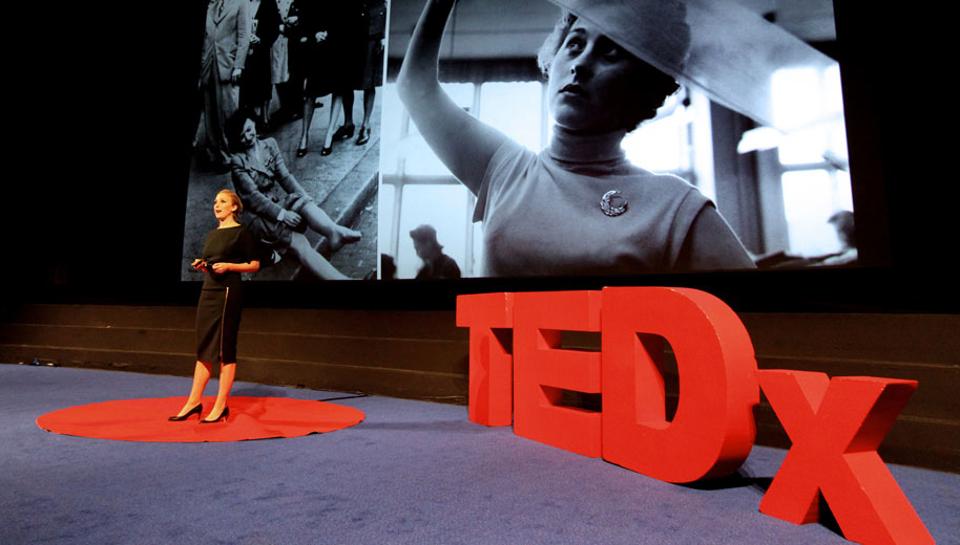
“Often the perception of the fashion industry is that it’s a frivolous entity, based on silly ideals about what we should wear, and how we should look.” So goes the opening line to my TEDx talk delivered in London in late October this year.
Feeling extremely privileged to be invited to give one, I wanted to use the occasion to dispel the myth that it’s a superficial, vain and vacuous world, and instead prove how intelligent the clothing we wear on our backs really is. More than that, I wanted to show how essential innovation within fashion is for the future sustainability of our planet.
I spend a lot of my time writing about things like wearable technology; the future of fashion through the lens of how it connects to the grid. And yet, truthfully this isn’t about that, it’s about a new generation of textiles that are less demanding on the environment – bioengineered solutions and beyond, that can reduce the damage this industry does.
Fashion and textiles is considered the second largest polluter in the world after oil. It also accounts for 10% of global carbon emissions, uses a quarter of chemicals produced worldwide each year, and falls just behind agriculture in the amount of water it consumes.On top of that, our greed for new clothes, now sees more than 100 billion pieces produced worldwide each year, according to McKinsey & Company – more than double what was made in the year 2000. What’s worse, is three out of five of those items then end up in landfill within the same 12 months.
Fashion no matter what angle you look at it from, is seriously damaging our planet. So we have to change it. We have to look at producing less on the one hand, but we also have to think about alternatives through innovation because the commercial side of this business is never going to really change that argument around volume.
So often we believe the idea of fashion and technology working together is a new concept. And yes, in some ways that’s true – partnerships between the big technology companies and fashion brands is incredibly recent if we’re talking about integrating things like sensors, batteries, cloud computing and beyond.
But, the very notion of textiles has really always been about technology; from trading in ancient times all the way through the industrial revolution and beyond. We take for granted items like our tights, shirts and even our bras, yet some of the work behind them was mind-blowing when they first came to the fore. Stretch (aka Lycra), crease-resistance, moisture wicking, you name it, all things we’ve come to expect, but all a product of innovation in their time.

Rachel Arthur on the TEDx stage (Image: TEDx)
This one is a particular highlight: Did you know, the industrial division of underwear manufacturer, Playtex, was behind the Apollo Spacesuit? Thanks to an incredible book by Nicholas De Monchaux, called Spacesuit: Fashioning Apollo, I was able to share this story of real ‘fashion’ triumph – a win for supposed frivolity over perceived engineering expertise. As in the caption above: “A company that makes bras, [quite literally], sent man to the moon.”
Today, we’re seeing companies like Modern Meadow and Bolt Threads starting to explore viable alternatives. We’re also seeing some exciting innovations coming out of companies like Google with Levi’s, and Avery Dennison with EVRYTHNG, all of which are important to drive innovation forward. And then there are designers like Stella McCartney leading the sustainability focus within the luxury sector.
The fashion industry at large now has a collective responsibility to truly get behind this. Working with technology companies is crucial of course, but so too is investing in research and development and the very science of textiles as it’s always done, in order to start coming up with solutions that are less impactful on the planet.
Quite simply, we need a future of more innovative textiles and sustainable textile production in order to protect the world in which we live.
Check out the full talk in the YouTube link above, and please do feel free to comment, send feedback and help share it. Given the current global political climate, there’s never been a more important time to shine a light on climate change and the industries that truly impact it.
[Source:-Forbes]




